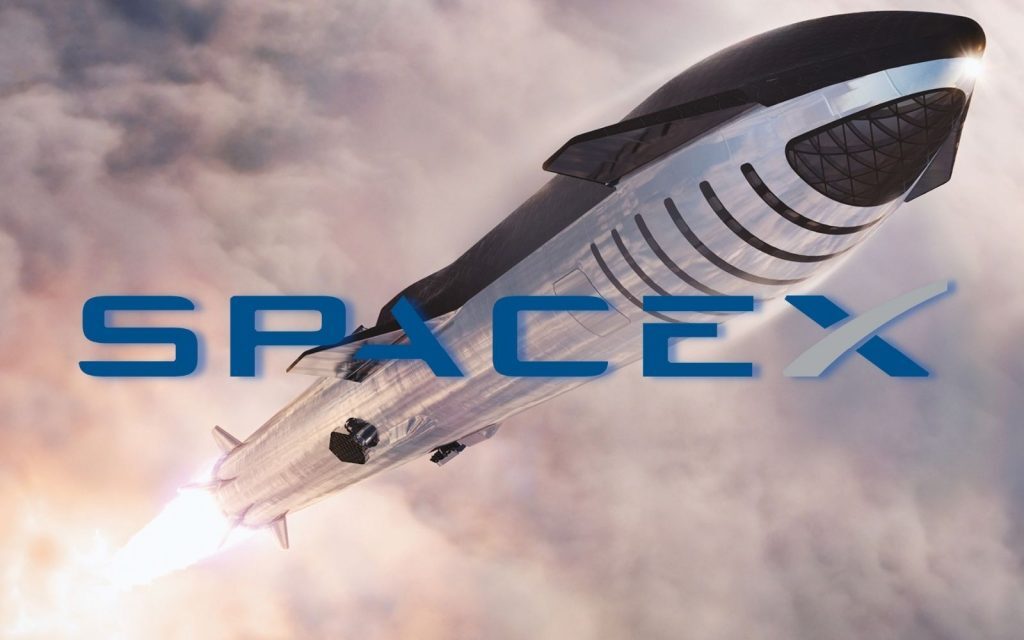There’s only one constant when it comes to space travel. Well, besides rockets blowing up sometimes. And that is delays. Starship, SpaceX’s ambitious new craft, was originally supposed to take to the skies in January this year. There’s now a new date floating about that may or may not be achieved.
And that date is May this year. Knowing Meme-Lord Elon, the company will try as hard as they can to turn 4 May into a viable option. May the Fourth, and all that. But it’s far more likely they’ll actually pick the date that’s the safest for an orbital test.
Nothing’s gonna stop Starship
First Starship orbital flight will be with Raptor 2 engines, as they are much more capable & reliable. 230 ton or ~500k lb thrust at sea level.
We’ll have 39 flightworthy engines built by next month, then another month to integrate, so hopefully May for orbital flight test.
— Elon Musk (@elonmusk) March 21, 2022
Especially since Starship will feature some new rocket engines. SN20 was supposed to do the job, along with a bunch of Super Heavy 4 rocket engines. Instead, there are new Raptor 2 engines lined up to do the job of lifting Starship into orbit for the first time. It seems like loads of effort for a rocket intended to crash into the ocean, but that’s science for you. You can’t learn new orbital mechanics without breaking a few rockets, after all.
Raptor 2 went into development late last year. It’s supposed to be more powerful, use fewer parts, and cost less to produce than Raptor. It sounds a little like finding a unicorn standing in your garage, but fine. It’s also exactly what anyone who makes rockets for a living wants for Christmas.
But the Starship test is far from certain. May 2022 is an optimistic launch date, particularly for a project this size. When stacked, the Super Heavy booster and Starship craft stand 130 metres tall. The spacecraft/second stage is 50 metres high on its own. The Boeing 737-800 favoured by the folks at FlySafair measures just 40 metres long. Picture tacking another ten metres onto the end of one of those, and then dropping it from orbit and into the ocean. It’s not an operation to be undertaken lightly.




